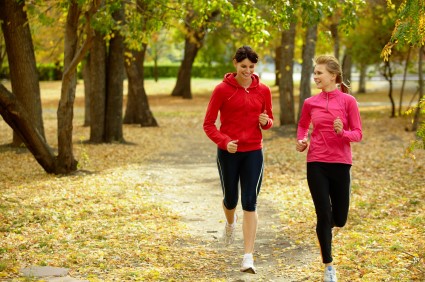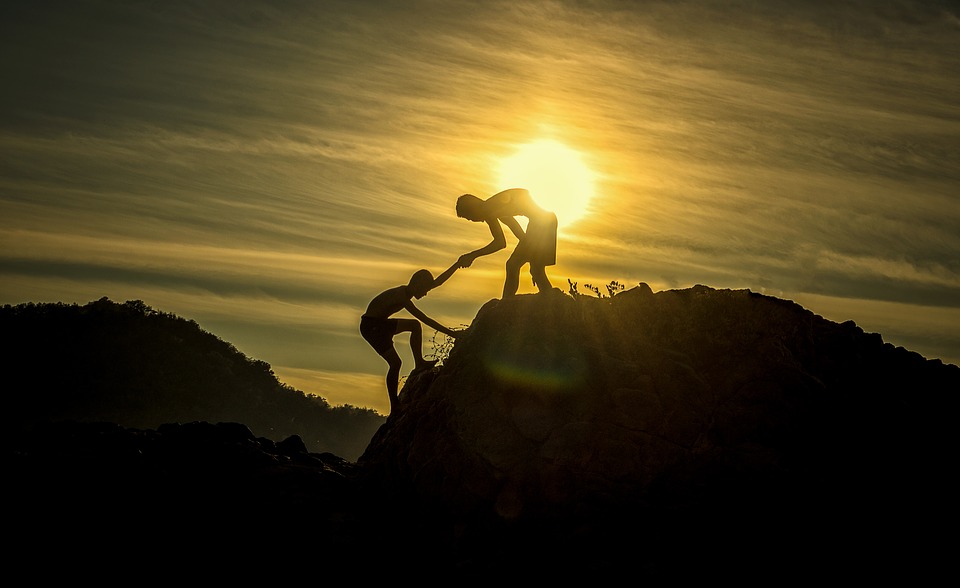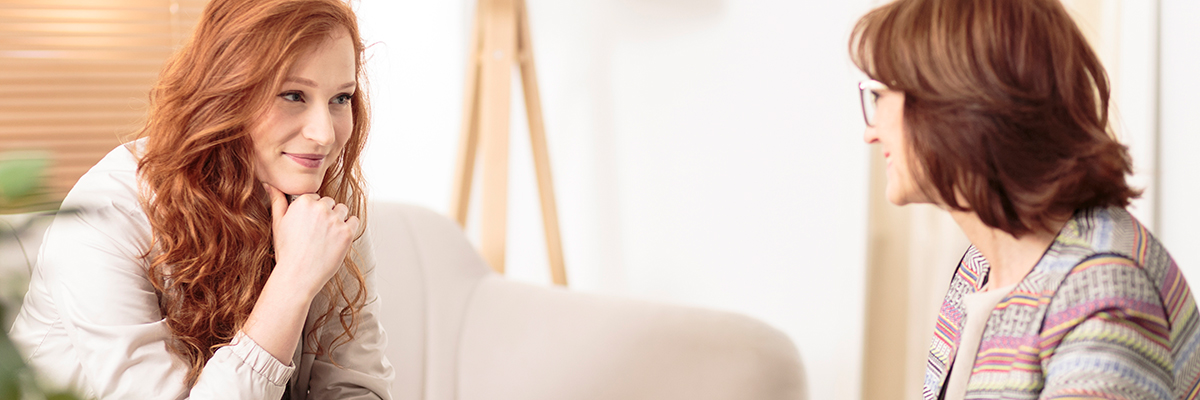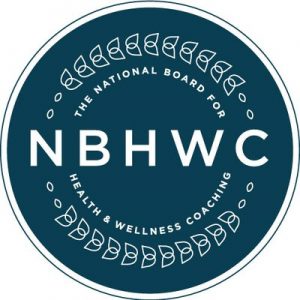Pre-diabetes – A Wellness Opportunity To Help
There is an opportunity for wellness and wellness coaching to impact the lives of millions of people in a life-saving way. 79 million Americans are estimated to have a condition called pre-diabetes. Usually symptom free, without intervention they will develop full-fledged Type II diabetes within ten years and possibly endure physical damage to their heart and circulatory system along the way. Yet, according to the American Diabetes Association, if a person is successful at lifestyle improvement they can completely avoid the onset of diabetes 70% of the time.








 To guide coaches, the National Board for Health and Wellness Coaches (NBHWC) has developed a Scope of Practice Statement. Here is the part most relevant to our question:
To guide coaches, the National Board for Health and Wellness Coaches (NBHWC) has developed a Scope of Practice Statement. Here is the part most relevant to our question:




 Our challenge in the midst of a pandemic situation is how we distance from each other while remaining connected to each other. Yes, follow the CDC guidelines for social distancing. We can still greet each other with elbow bumps, and then go for a walk, a bike ride, a cruise in kayaks, etc., and continue to avoid the proximity that puts us at any risk. We can connect via phone and receive the nourishment of live, interactive conversation that texting and e-mail don’t quite match. We can climb on board a web-based platform such as Zoom and Skype where we are face-to-face for our conversation. We also have all sorts of apps such as Facetime, WeChat, and many more that allow us to have face-to-face interaction for live conversations.
Our challenge in the midst of a pandemic situation is how we distance from each other while remaining connected to each other. Yes, follow the CDC guidelines for social distancing. We can still greet each other with elbow bumps, and then go for a walk, a bike ride, a cruise in kayaks, etc., and continue to avoid the proximity that puts us at any risk. We can connect via phone and receive the nourishment of live, interactive conversation that texting and e-mail don’t quite match. We can climb on board a web-based platform such as Zoom and Skype where we are face-to-face for our conversation. We also have all sorts of apps such as Facetime, WeChat, and many more that allow us to have face-to-face interaction for live conversations.
 Healthcare providers have been prescribing lifestyle improvement for thousands of years. The evidence has been built from the observations of Hippocrates all the way to the neuroscience of today. We know, from mountainous reams of data, that lifestyle affects the course of an illness or health challenge. The challenge for the healthcare provider of today is to see the “lifestyle prescription” translated into lasting lifestyle change. Many well-intentioned healthcare professionals have attempted to educate and admonish their patients into losing weight, ceasing the use of tobacco, managing their stress better, getting more sleep, being medically compliant/adherent, etc. Seeing actual success in behavioral change happening far too seldom, many have abandoned such efforts and just reach for the pharmaceutical prescription pad.
Healthcare providers have been prescribing lifestyle improvement for thousands of years. The evidence has been built from the observations of Hippocrates all the way to the neuroscience of today. We know, from mountainous reams of data, that lifestyle affects the course of an illness or health challenge. The challenge for the healthcare provider of today is to see the “lifestyle prescription” translated into lasting lifestyle change. Many well-intentioned healthcare professionals have attempted to educate and admonish their patients into losing weight, ceasing the use of tobacco, managing their stress better, getting more sleep, being medically compliant/adherent, etc. Seeing actual success in behavioral change happening far too seldom, many have abandoned such efforts and just reach for the pharmaceutical prescription pad.
 When clients are operating on a Wellness Plan that they have truly helped co-create with their own buy-in, the opportunity for weaving in Areas of Focus, Goals and Action Steps that support what their treatment team wants to see becomes obvious. Clients then have the structure and support they need to carry out the goals of the Lifestyle Prescription.
When clients are operating on a Wellness Plan that they have truly helped co-create with their own buy-in, the opportunity for weaving in Areas of Focus, Goals and Action Steps that support what their treatment team wants to see becomes obvious. Clients then have the structure and support they need to carry out the goals of the Lifestyle Prescription.


 While not inherently wrong, behaviors such as giving/receiving a hug from/with a client after a triumphant moment in coaching, may be misconstrued in its intention. For one client it may, according to some authors, “engender healthier relationships”, while for another it may feel like a boundary crossing, which other authors would argue, might “pave the way to a boundary violation.” Coaches learn early on in their training to ask permission. Seeking permission first and respecting our client’s wishes can avoid such boundary crossings/violations. We avoid the pitfalls of assumptions and honor our client’s personal and cultural boundaries in this way.
While not inherently wrong, behaviors such as giving/receiving a hug from/with a client after a triumphant moment in coaching, may be misconstrued in its intention. For one client it may, according to some authors, “engender healthier relationships”, while for another it may feel like a boundary crossing, which other authors would argue, might “pave the way to a boundary violation.” Coaches learn early on in their training to ask permission. Seeking permission first and respecting our client’s wishes can avoid such boundary crossings/violations. We avoid the pitfalls of assumptions and honor our client’s personal and cultural boundaries in this way.